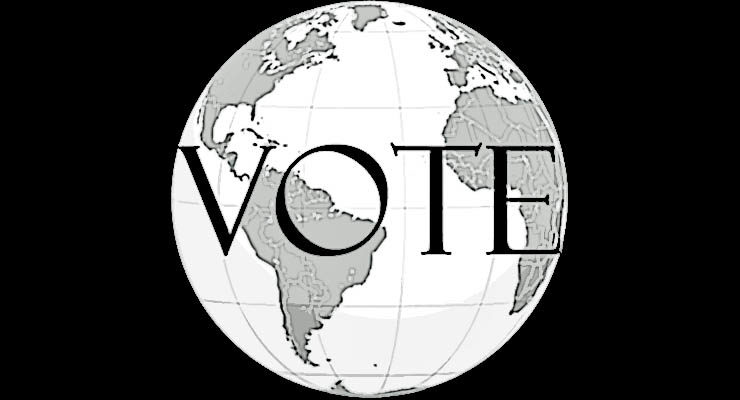 There was an interesting new video on the history of ballot papers around the world published at the International Institute for Democracy and Electoral Assistance, an intergovernmental organization based in Sweden. Take a look at their description and see the video below:
There was an interesting new video on the history of ballot papers around the world published at the International Institute for Democracy and Electoral Assistance, an intergovernmental organization based in Sweden. Take a look at their description and see the video below:
The design of a ballot paper is important. The ballot conveys the voter’s intentions and political choices: a good design presents clear and understandable options to voters and reduces the chances of voter error. But beyond this utilitarian function, the ballot carries a powerful symbolic value of the compact between the citizen and the state, or, more simply put: ‘my vote matters’.
This virtual exhibition of ballot papers shows how ballot designs reflect—and change with—historical context, societal demands and geopolitical influences. Spanning more than 100 years focusing on five countries, exhibition visitors can follow the impact and spread of the French ballot envelope system in the earlier part of the 20th century, and the rise in popularity of the single, government-issued, ‘Australian’ style ballot over time. View a timeline of Ballot Papers.
There is room to reconsider what ballots look like moving forward. The rise of special voting arrangements—that is, the opportunity for voters to vote outside the polling station—will have implications for ballot paper design in the future, as will the increased use of technology inside and outside polling stations.
Developed by Fabel and International IDEA as part of International IDEA’s 25th-year celebration, this exhibition reminds us of our democratic past as we look to design for the future.
Also, see related Democracy Chronicles articles like those on Election History. The video:
Leave a Reply